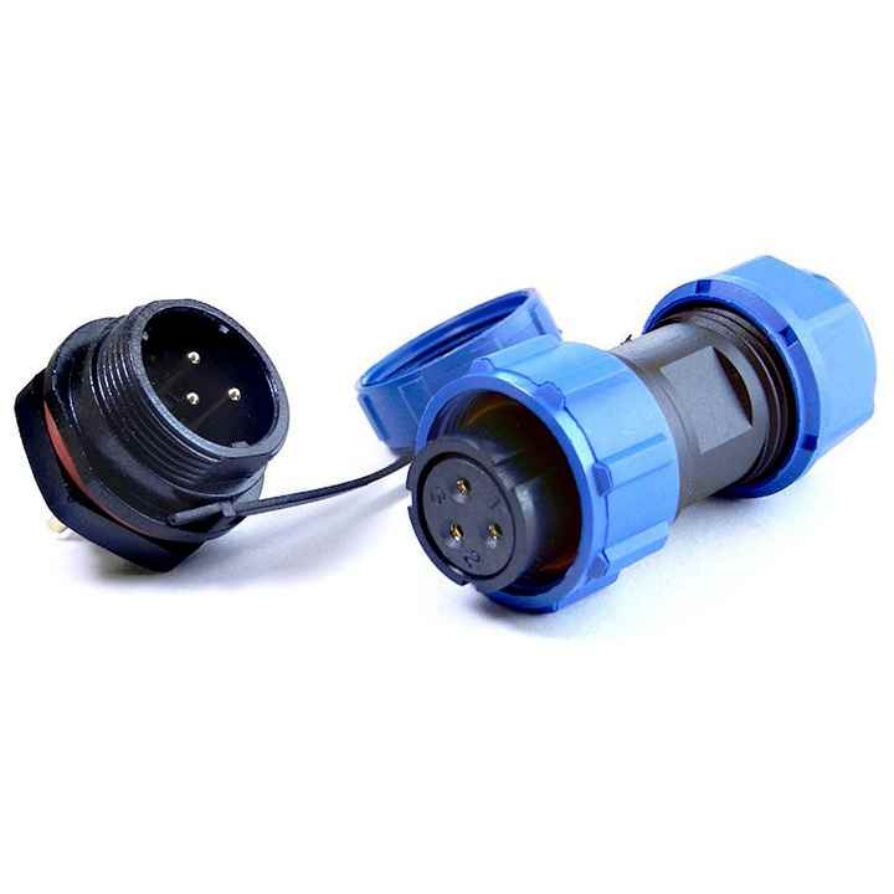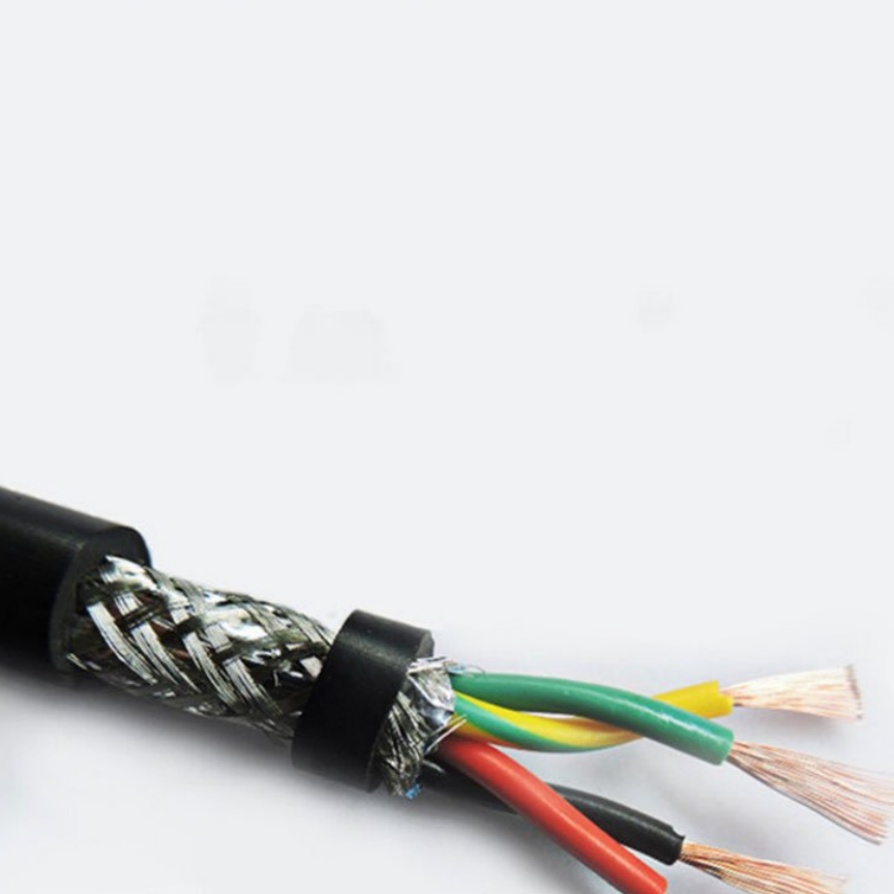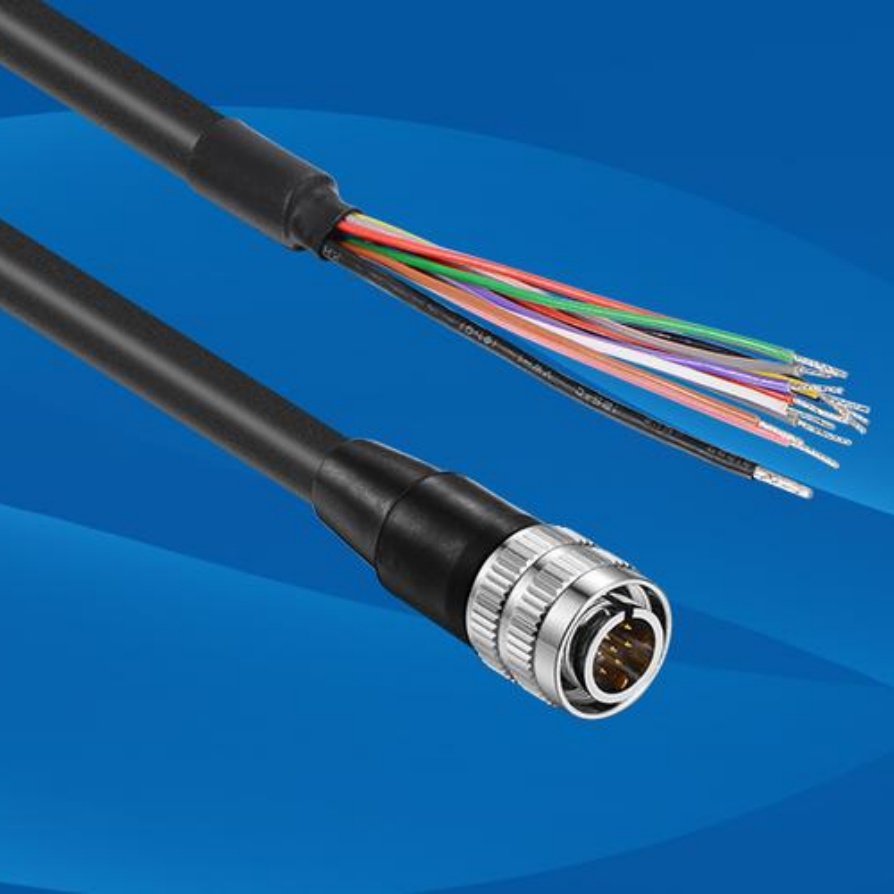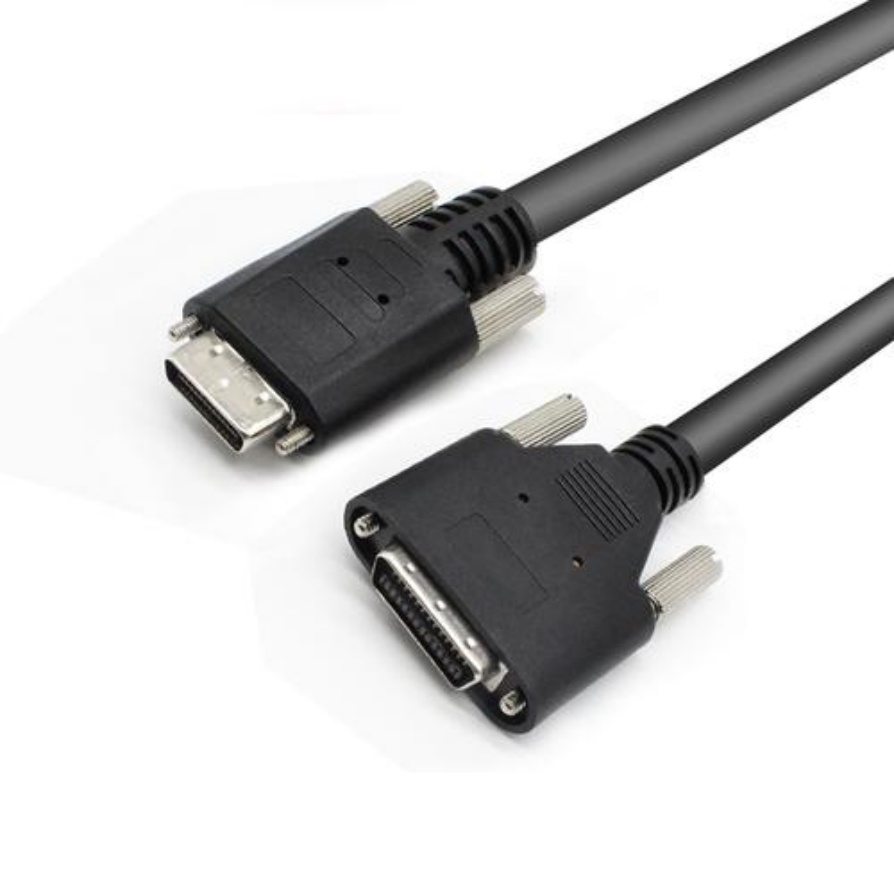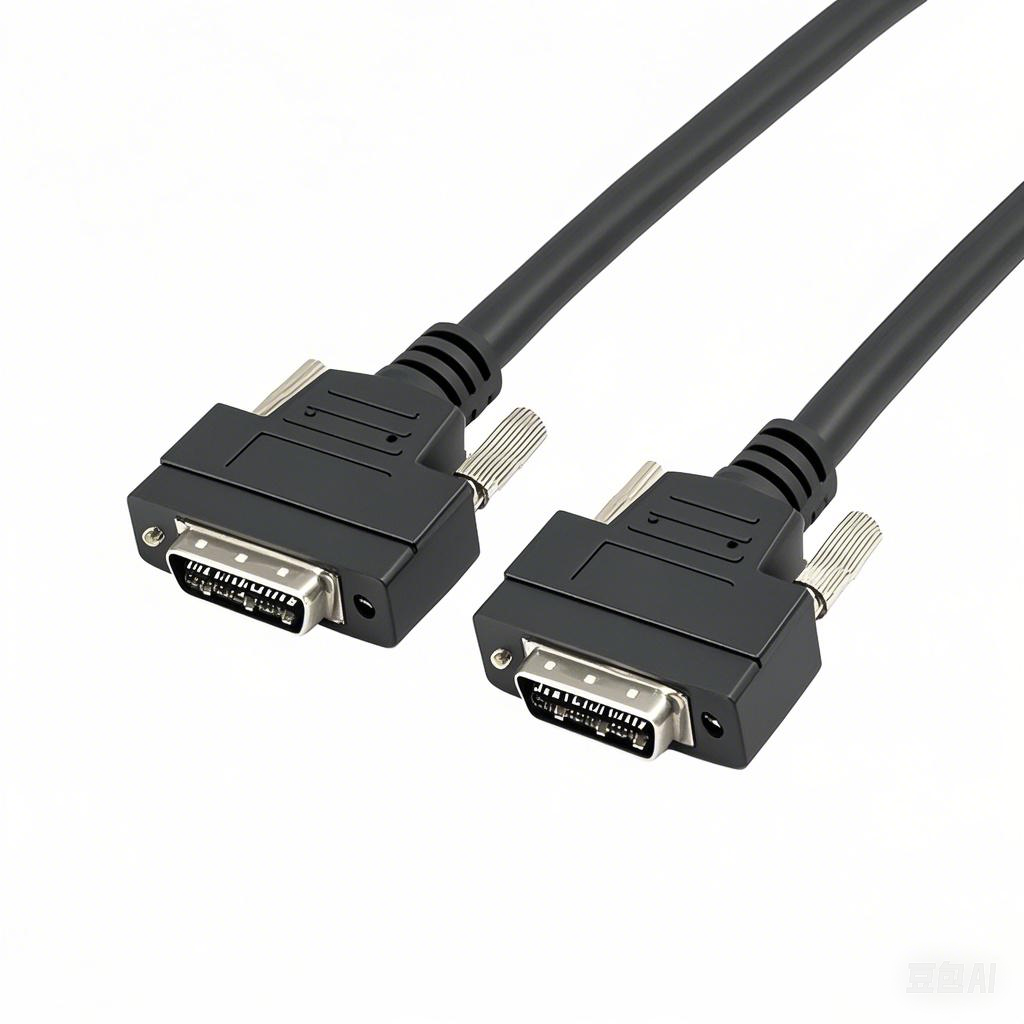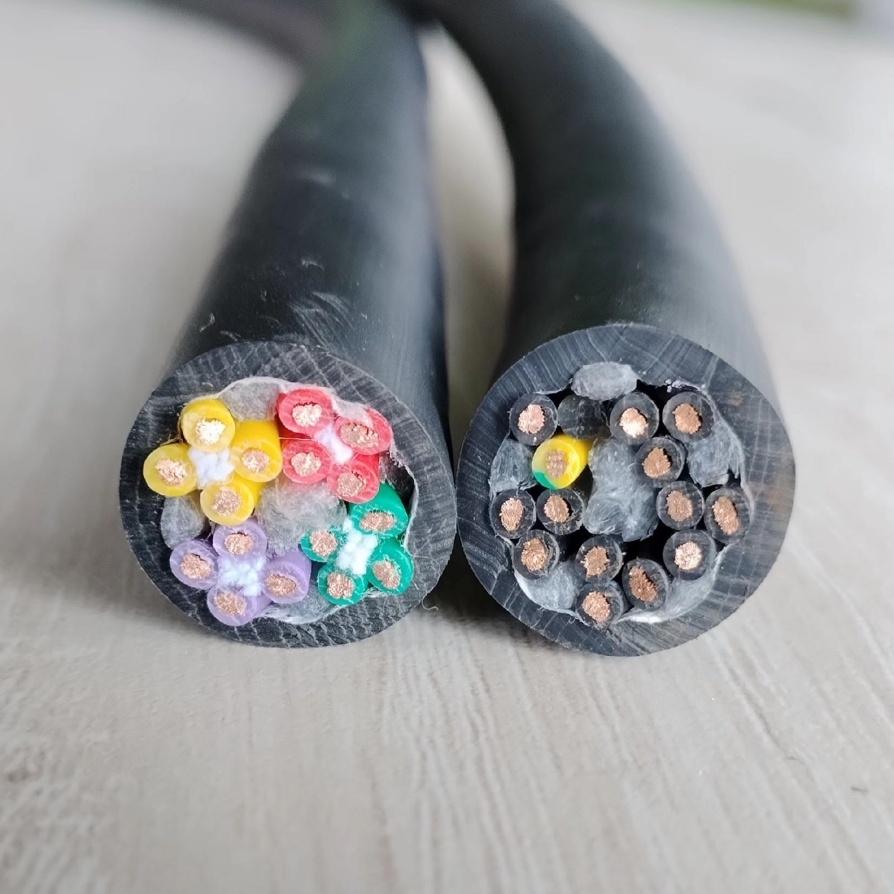How Cables Enable Vision Systems in Space
From monitoring spacecraft integrity to guiding rovers on distant planets, vision systems are critical to the success of space missions. Yet, the extreme conditions of space—vacuum, radiation, temperature swings, and micrometeoroid risks—pose unique challenges for the cables that power these systems. Unlike their terrestrial counterparts, space-grade cables must be lightweight, ultra-reliable, and capable of functioning in environments that would cripple conventional wiring.
1. Surviving Extreme Environments: The Demands of Space
Space missions subject cables to conditions far beyond Earth’s industrial rigors:
Thermal Cycling: Temperatures swing from -270°C in shadow to +150°C in direct sunlight (e.g., lunar surface).
Radiation: Cosmic rays and solar particles degrade insulation and cause signal errors.
Vacuum: Outgassing from materials can contaminate optics or electronics.
Mechanical Stress: Vibration during launch and deployment risks cable fatigue.
Example: During the James Webb Space Telescope’s deployment, custom coaxial cables withstood 600°C temperature differentials while transmitting critical alignment data.
2. Materials Innovation: Building Cables for the Cosmos
Space-grade cables rely on advanced materials to balance performance and durability:
Insulation and Jacketing
Polyimide (Kapton): Withstands -269°C to +400°C, used in Mars rovers’ camera harnesses.
PTFE (Teflon): Low outgassing and radiation-resistant, ideal for satellite imaging systems.
Ceramic-Filled Polymers: Block ionizing radiation in deep-space missions.
Conductors
Silver-Plated Copper-Clad Steel (SPC): Combines strength (for launch G-forces) with high conductivity.
Superconducting Materials: Emerging niobium-tin alloys for ultra-low-loss data transfer in cryogenic environments.
Case Study: NASA’s Perseverance rover uses Teflon-insulated, silver-plated cables to connect its 23 cameras, surviving Martian dust storms and -73°C nights.
3. Signal Integrity: High-Speed Data Across Astronomical Distances
Space vision systems demand cables that minimize latency and signal loss over vast distances:
Shielded Twisted Pair (STP): Reduces crosstalk in multi-camera arrays (e.g., ISS external inspection systems).
Fiber Optics: Silica-core fibers transmit data at 10+ Gbps with immunity to EMI, critical for Earth-observation satellites.
Impedance Matching: Precision-controlled 50Ω or 75Ω designs prevent reflections in high-frequency links.
Example: The Hubble Space Telescope’s Advanced Camera for Surveys (ACS) relies on optical fibers to deliver 16-megapixel images with zero distortion over 25+ years.
4. Radiation Hardening: Shielding Against Cosmic Threats
Radiation can ionize cable materials, causing short circuits or data corruption. Solutions include:
Triple-Shielding: Foil, braid, and conductive polymer layers block gamma and proton radiation.
Error-Correcting Cables: Embedded chips detect and correct bit flips caused by single-event upsets (SEUs).
Rad-Tolerant Dielectrics: Ceramic-loaded PTFE insulates cables in Jupiter’s high-radiation belts.
Innovation: ESA’s JUICE mission to Jupiter uses cables with tantalum shielding to protect spectrometer cameras from the planet’s intense magnetic field.
5. Lightweight Design: Cutting Mass Without Sacrificing Strength
Every gram saved in spacecraft design translates to fuel efficiency and cost savings:
Hollow Conductors: Aluminum tubes replace solid cores, reducing mass by 40% in satellite harnesses.
Composite Materials: Carbon fiber-reinforced jackets provide strength comparable to steel at 1/5 the weight.
Micro-Coaxial Cables: Ultra-thin (0.3mm diameter) wires for drone-based planetary reconnaissance.
Case Study: SpaceX’s Dragon capsule uses 3D-printed, lattice-structured cables to connect its docking cameras, saving 12 kg per mission.
6. Redundancy and Reliability: Mission-Critical Fail-Safes
A single cable failure can doom a multi-billion-dollar mission. Space cables incorporate:
Quad-Redundant Wiring: Four independent paths for power and data in crewed spacecraft vision systems.
Self-Diagnostic Cables: Fiber Bragg grating sensors detect strain or temperature anomalies in real time.
Atomic Oxygen-Resistant Coatings: Protect cables on low-Earth orbit (LEO) missions from erosion.
Example: The International Space Station’s (ISS) external cameras use redundant, gold-plated MIL-DTL-38999 connectors to maintain 24/7 Earth observation.
7. Applications: Vision Systems Across the Solar System
Planetary Rovers
Mars Rovers (Curiosity, Perseverance): Cables connect navigation cameras, spectrometers, and laser-induced breakdown spectroscopy (LIBS) systems.
Lunar Missions: NASA’s VIPER rover uses radiation-hardened cables to operate its neutron-detecting cameras in permanently shadowed craters.
Satellites and Telescopes
Earth Observation: Copernicus Programme satellites rely on fiber-optic cables to transmit 4K hyperspectral images for climate monitoring.
Deep Space: The upcoming Nancy Grace Roman Telescope will use superconducting cables to cool its infrared detectors to -200°C.
Human Spaceflight
Artemis Program: Orion spacecraft cameras use flame-retardant cables to monitor crew safety during lunar re-entry.
8. Future Trends: Next-Gen Cables for Interplanetary Exploration
Quantum Communication Cables: Secure, entanglement-based links for lunar bases and Mars colonies.
Self-Healing Nanomaterials: Graphene-infused insulation repairs micrometeoroid punctures autonomously.
Cryogenic Optical Cables: Enable ultra-high-resolution imaging in the outer solar system’s frigid temperatures.
Innovation Spotlight: Lockheed Martin’s HiveStar satellites are testing laser-linked cables for real-time data sharing across satellite swarms.


